John Carmack, co-creator of Doom and the id Tech 5 engine that powered the original Rage, isn’t a fan of story in video games. “Story in a game is like a story in a porn movie,” Carmack was quoted as saying in the book Masters of Doom. “It’s expected to be there, but it’s not that important.” Carmack is one of my personal heroes, but I’ve always disagreed with this sentiment. (To be fair to Carmack, he said this back in the ‘90s when game technology placed far more limits on how a designer could deliver narrative content.) I’ve always considered story tremendously important to how a game is experienced.
For the purposes of this discussion, when I refer to story I’m talking about the parts of the game that offer context to the action but don’t contribute directly to gameplay mechanics. That includes characters, dialogue, lore, themes, cutscenes, audiologs, radio chatter, notes, and all the other wordy bits. People who think that story doesn’t matter usually have too narrow an understanding of what story is and how it impacts the experience. Destiny and Borderlands are both games about shooting dudes to get epic loot, but they have a radically different feel thanks to their stories.
I love story-heavy games like The Witcher 3: Wild Hunt and Mass Effect. I also love games like Serious Sam and Doom 2016 that take a minimalist approach to story. I’m a big believer in the idea that a game doesn’t need a lot of story to be good, but whatever story it does have should be worth the player’s time.
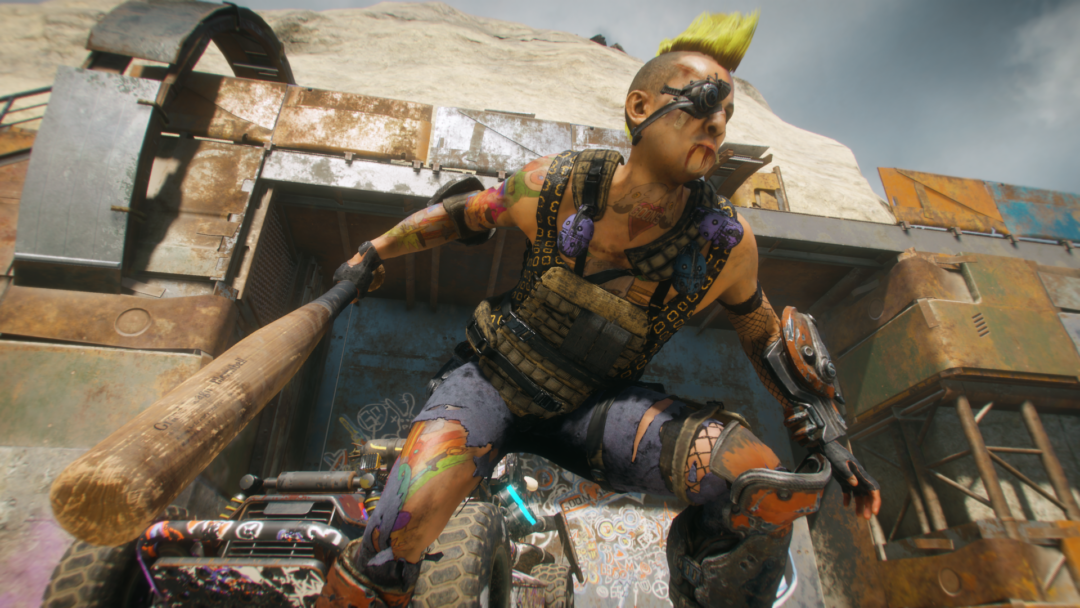
Which brings us to the mess that is Rage 2. It fails to clear the already low bar set by typical AAA first person shooters. Whenever a character is talking, I can’t help but think about how much you could improve the quality of everything by cutting about two-thirds of the dialog. Characters will deliver information via brute-force exposition dumps, and in the process they’ll end up repeating the same ideas again and again. Worse, they’re often explaining things that you’ve already been told by other characters or that you’ve already figured out for yourself.
In Rage 2, the bad guys are called THE AUTHORITY. They look like space monsters and behave like fascists. The game opens with a speech where the main bad guy explains the events of the previous game and all of his future plans. This is followed by an attack on the player’s home that slaughters nearly everyone. Nothing more needs to be said at this point. We get it. We know who the bad guys are. But then the game stops so characters can re-explain the bad guys’ motivations. It’s like the writer has absolutely no faith in the audience to comprehend trivial concepts.
At this point, fans of the game will defend Rage 2 by insisting that its story doesn’t matter and I should just shut up and shoot the space monsters. If that’s the response you’re planning to give me in the comments then don’t tell me. Tell that to Rage 2’s writers who seem to think that story is more important than gameplay.
It takes about 23 minutes from the moment after you start a new game for Rage 2 to cut you loose to explore the open world. In that time, there is, at best, about three and a half minutes of actual gameplay. Everything else is static cutscenes, scripted events where you have no input, or moments where you stand around with nothing to do while someone takes an exposition dump on you. If story doesn’t matter, why is there so much of it?
Games like Dragon Age or Mass Effect might have a similar ratio of talking to combat in their opening scenes, but in those games the talking is also gameplay. The dialogue wheel allows the player to make decisions, ask questions, and express their character through tone of voice. The player character in Rage 2 barely talks, and the player is never involved in what they say. Both the player and their character are passive listeners.
You could point to Half-Life 2 and its episodes as an example of a shooter that does a lot of talking at key points. But when that game locked you in a room with an exposition giver, there was almost always more than one person. The characters could interact and emote, revealing their personalities and agendas and creating little dramatic vignettes. For conversations that lasted more than a minute, the game designer usually put some interactive objects around the room to give the player something to do. It wasn’t a perfect system, but it was far better than the exposition traps in Rage 2. In this game, the introduction conversations all take the form of one person talking to the camera. You can’t do anything but stand there and listen.
The worst example I’ve encountered so far is the part where you get locked in a room with a hologram woman who delivers a prerecorded message. There is nowhere to go and nothing to do but listen for two minutes as she painstakingly explains all of the characters she wants you to go find, who they are, and (I’m not joking) their backstories. This puts the entire story in a terrible position. Aside from boring the player, it clearly maps out how they’re going to solve the problem. This robs the story of what little tension it has. Instead of embarking on a quest to figure out how to beat the Authority, the player is tasked with implementing a solution someone else has already thought up.
You could massively improve this by cutting all of hologram lady’s dialog and replacing it with a short message encouraging the player to go out into the open world and look for allies. The game could still give the player the three waypoints to guide them, but now the player needs to explore to figure out where the story is going to take them. This gives agency to the player rather than the hologram, which would make the player feel more like a character and less like a floating gun. The player could then discover the three allies for themselves. Finally, the allies could reveal their backstories when the player meets them (preferably by doing more showing and less telling) so that exposition can be woven into the flow of the story rather than being delivered in bulk at the start.
The punchline? Once the hologram briefing is over, the player character goes and meets with their friend Lilly and brings her up to speed. Which means the player has to listen to yet another explanation of the premise, only this time their character is the one talking.
The hologram briefing is just one example of many. I’m only a couple of hours into the game at this point, but so far every conversation has been overly verbose, clumsy, and mildly insulting to my intelligence, assuming the player is an idiot who can’t remember things they were told two minutes ago. The previous game had many of the same problems, although they’re all made worse in the sequel.
Everything else about the game seems solid. It looks great and it feels good to play. But the storytelling is not up to the standards set by the rest of the experience. I don’t know what went wrong with the development of Rage 2. Whatever the problem is, I really wish the team at Avalanche Studios would fix it. They should either tell a proper story or cut the story down to the bones so it doesn’t waste the player’s time. As it stands, the team spent a lot of money implementing cutscenes that make the game significantly less fun.

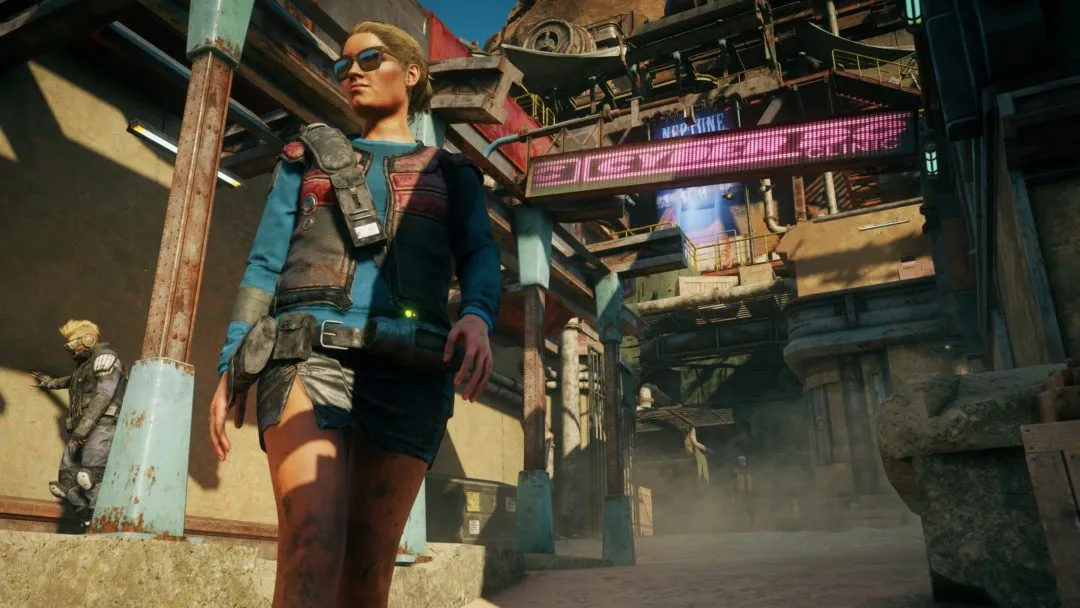





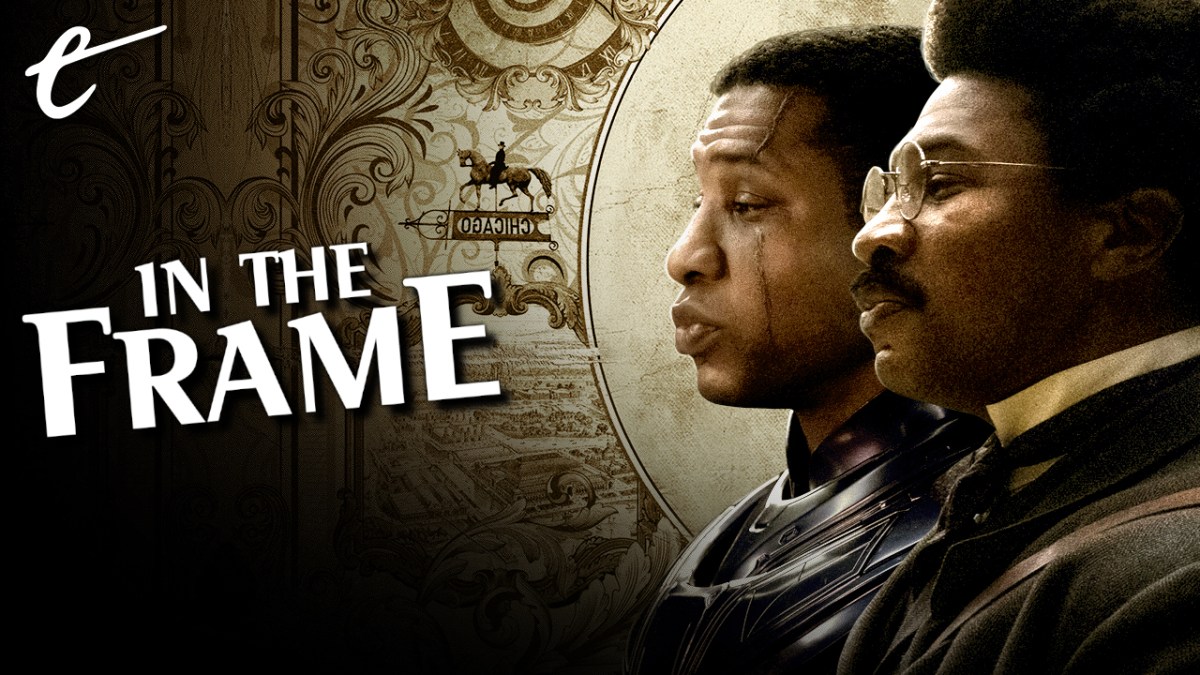

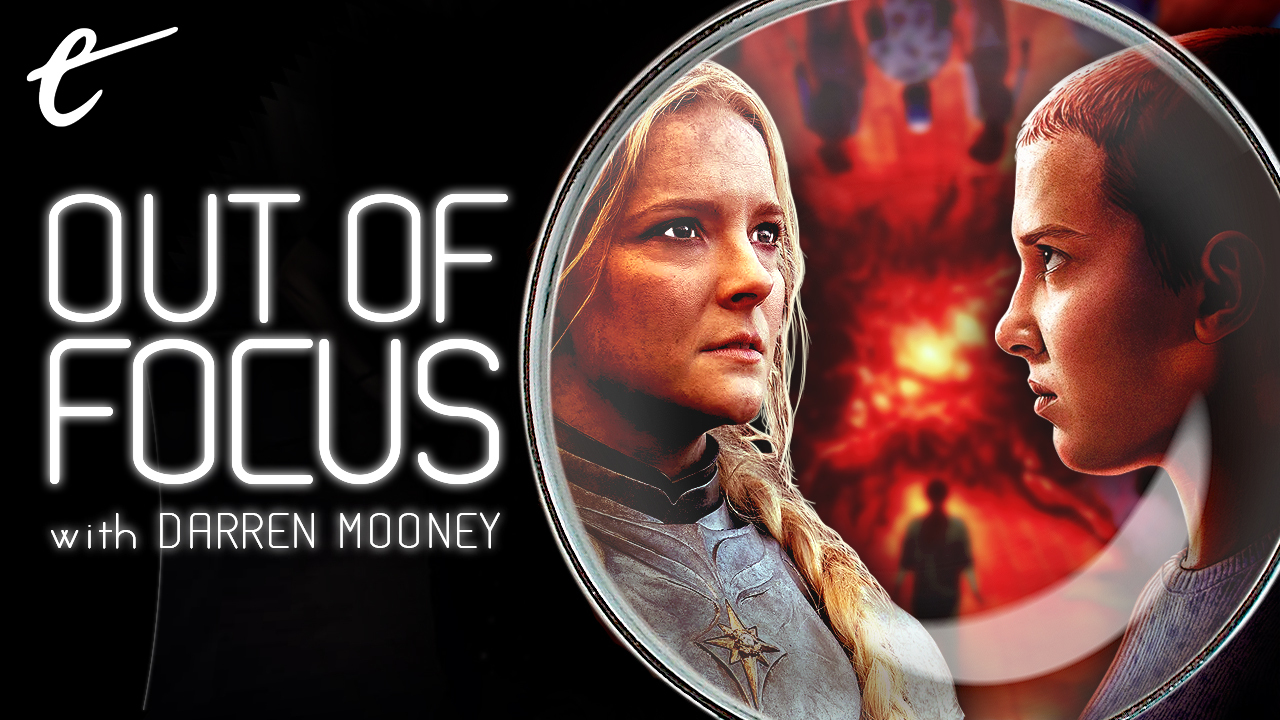
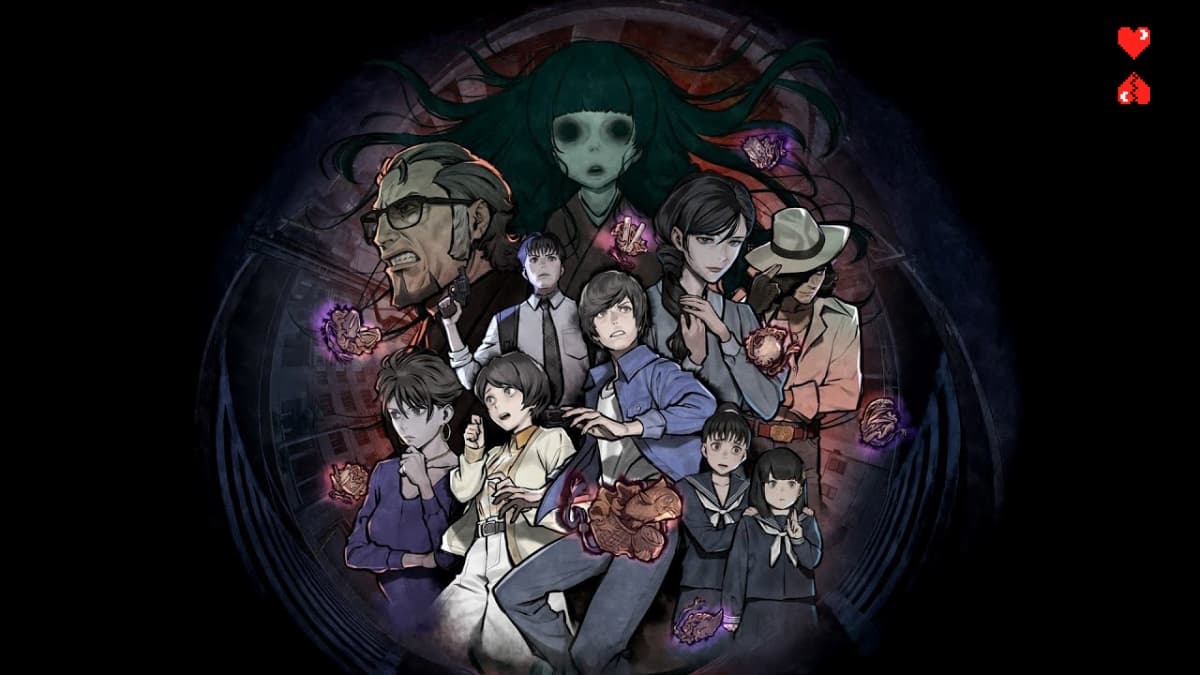
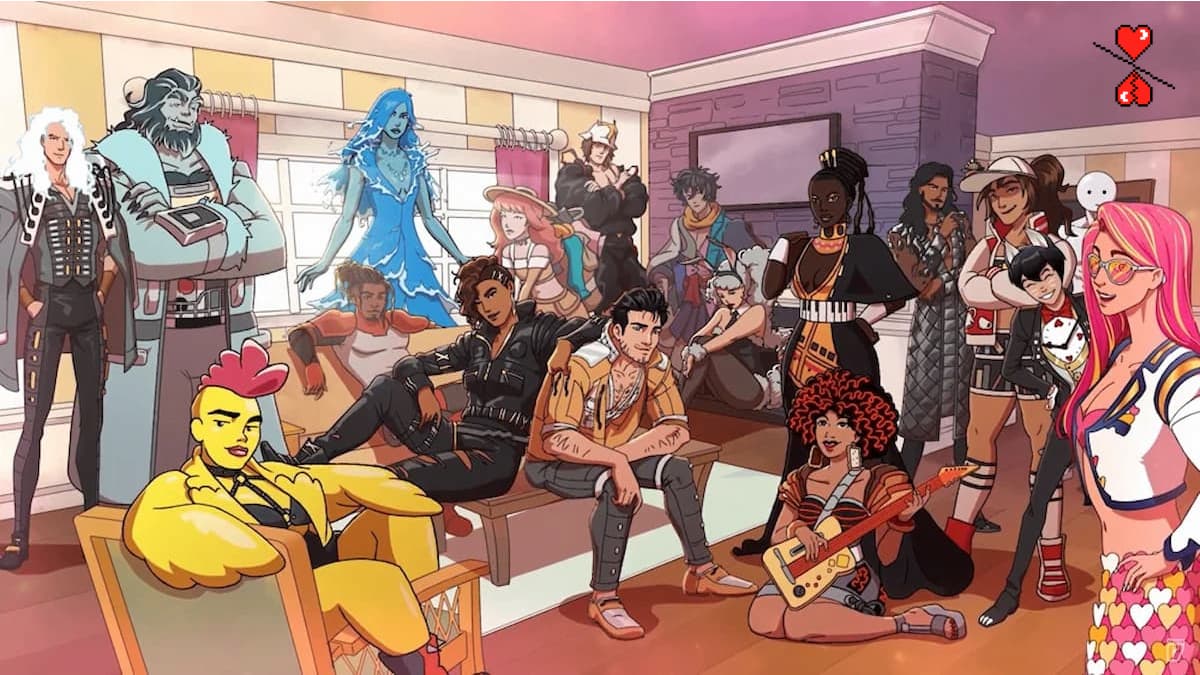

Published: May 21, 2019 1:00 PM UTC